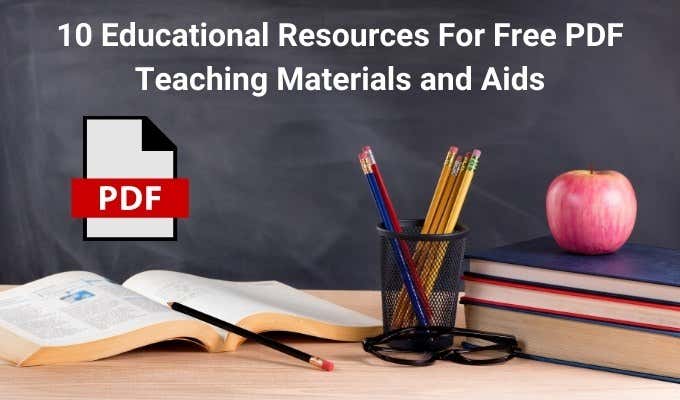Top Info For Choosing Italian Kindergarten Teaching Didactics
Wiki Article
What Workbooks, Textbooks, And Other Books Are Required For Italian Nursery Schools?
Italian nursery schools usually focus on providing a play-based learning environment and often don't use traditional textbooks or workbooks. Books can play a role in encouraging children to learn to read and improve their language. Picture books are excellent for helping children develop their imagination, vocabulary and love of literacy. They typically feature beautiful illustrations and easy-to-understand texts.
Board books - These books are thick in their pages and are designed for children who might not be able to read books. They can be used for introducing children to different themes, like animals shapes, colors, and numbers.
Nursery rhymes and songs: Nursery rhymes and songs are crucial to early childhood development and can help children develop language skills, memory, and social abilities. Italian nursery schools can employ nursery rhymes and songbooks in their everyday activities and during circle time.
Book on diversity and inclusion Children must be educated about inclusion and diversity at the earliest age. Children can benefit from reading books with characters that come from various backgrounds, cultures, and skills. They will develop empathy, understanding and respect.
Italian languages books. Italian nursery schools use books written in Italian as a way to aid children in developing their abilities to communicate and learn the Italian language. They could include simple stories, illustrations, and books with Italian nursery rhymes or songs.
You should choose books for your children that are appropriate to their age, culturally relevant and enthralling. Teachers and caretakers can also make use of books to stimulate children's interest and encourage them to explore different topics and issues. Read the top sostegno italiano for site advice.

What Is The Most Effective Support Materials For Maths In Italian Kindergartens?
The use of mathematics-related teaching materials to support the development of children's spatial, problem-solving and mathematical skills can be very advantageous for Italian nurseries. Here are a few examples of math teaching material support training of teachers and caregivers. Both caregivers and teachers have to be taught how to incorporate mathematical concepts into their daily activities.
Curriculum and Lesson Plans: A curriculum and lessons plans that are well-designed and incorporate math concepts will allow children to learn about a variety of math concepts and skills.
Visual aids (charts, posters) and manipulatives. These can be useful in aiding children learn math concepts by using a hands-on approach.
Tools that are based on technology such as tablets that have educational math apps as well as other games can be utilized to engage children, and provide additional resources for their learning.
Assessment Tools Teachers and caregivers can utilize assessment tools to keep track of the progress of children, and also to identify areas in which additional help is required.
Involvement of parents in mathematics Participating parents in mathematics is a great way to help reinforce concepts taught in the kindergarten. It also encourages family involvement.
It is crucial that the resources used to support mathematics education are age-appropriate. These materials can be used by teachers and caregivers to develop engaging and engaging math activities for children that inspire their curiosity and love of education. Check out the top materiale didattico inglese for site info.

What History Educational Cards Are Suggested For Italian Kindergartens?
History didactic cards may be utilized to teach concepts from the past to children who are just beginning their education. Certain historical educational cards could be useful: Famous People Cards: These cards will aid children in learning about famous historical figures like scientists, artists, explorers, and politicians. They may include pictures of people as well as information about their lives and accomplishments.
Timeline Cards: These cards assist youngsters to comprehend historical events in sequence and their interconnection. Illustrations can be used to show important dates and events.
Cultural cards: Cultural cards are used to teach children about different cultures, traditions and traditions. The cards can include pictures of music, clothing, and other customs.
Artifact Cards: Artifacts can be used to aid children comprehend and understand historic events and the way of life. These cards can include illustrations of items from different times and cultures.
Map cards are a great way to teach children about the geography and histories of different countries. They may include illustrations of maps and information on historical events and individuals in different regions.
Choose history didactic cards for children that are engaging, interactive and appropriate for their age. Teachers and caregivers can make use of these cards to design fun and interactive history activities that promote children's curiosity and enthusiasm for learning about the past and different culture. Check out the top rated schede didattiche storia for blog tips.

What Kind Of Geography Books Can Be Used In Italian Kindergartens?
Italian nurseries utilize geography tools to educate children about diverse cultures, different environments and nations. Here are a few examples of possible geography teaching tools maps. A map can be used to help children comprehend geography, which includes the features of geography in different countries and regions.
Globes: Globes enable youngsters to understand the continents, oceans, as well as other aspects of the earth.
Pictures and Videos: Pictures and videos that show different places and cultures can be used to teach children about the diversity of the world. Children will also be taught how different people live.
Books: Age appropriate books featuring diverse locations and cultures can aid in fostering children's curiosity about geography.
Natural substances. Shells, rocks and plants aid children in understanding the different ecosystems and environments.
Field trips: Field trips to local parks, museums, zoos and Zoos are a great way for children to get an experience that is hands-on and gives them the chance to study geography in a real-world context.
It is vital to choose the right materials for teaching geography that are appropriate for children of all ages as well as culturally sensitive. These materials allow caregivers and teachers to create fun and interactive activities to promote children's enthusiasm for learning and curiosity.
